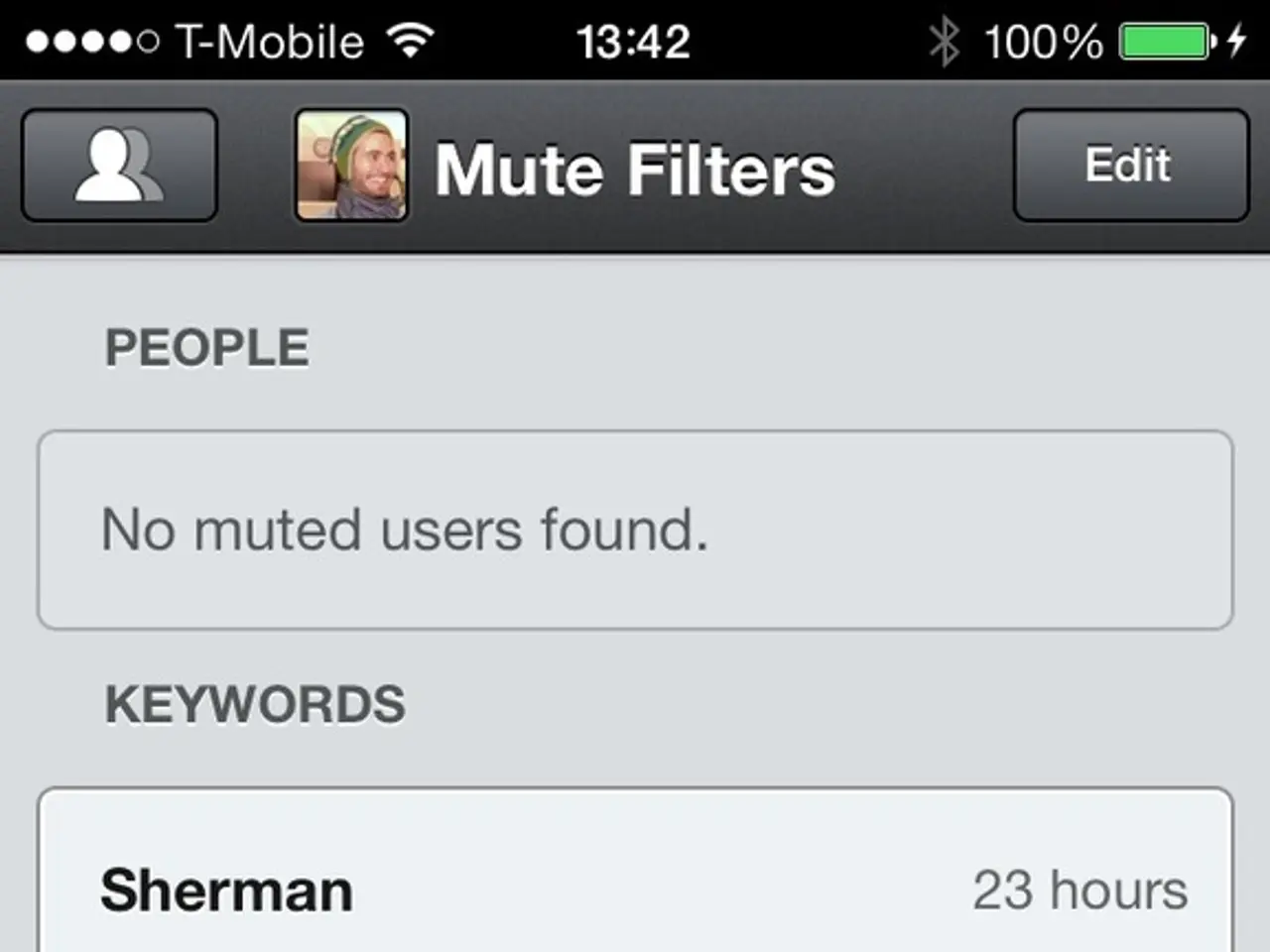Strategies to Boost App Retention and Maintain User Participation Rates
In the ever-competitive world of mobile apps, retaining users is crucial for long-term success. A recent analysis reveals that effective strategies for increasing mobile app retention rates focus on improving user engagement, personalizing experiences, and continually delivering value.
One of the most effective tactics is optimizing the onboarding process. A smooth, personalized onboarding helps new users quickly understand an app's value and how to use it effectively. By tailoring onboarding flows based on user personas and goals, developers can ensure that users are guided through features relevant to their needs.
Personalizing the user experience is another key strategy. Customization based on user behavior and preferences boosts retention. This can be achieved through personalized content, recommendations, or adaptive interfaces that show users what matters most to them.
Strategic use of push notifications and in-app messaging also encourages users to return and engage more. Brands that use in-app messaging effectively see retention increase by up to 74% in the first 28 days. However, it's essential to avoid overloading users; messages should provide real value or relevant nudges.
Gamification techniques, such as progress bars, badges, leaderboards, points systems, challenges, and rewards, motivate users to keep engaging with the app. These elements create a sense of achievement and competition, significantly improving retention rates.
Improving user experience design and app performance is another crucial factor. A smooth, intuitive user interface combined with fast loading times reduces friction and frustration, preventing users from abandoning the app.
Frequent updates that introduce new features, fix bugs, or enhance usability keep the app fresh and demonstrate a commitment to quality, encouraging users to stay engaged over time.
Building community and social features, such as user communities, leaderboards, and sharing capabilities, foster a sense of belonging and encourage habitual app use.
Well-crafted email and SMS campaigns provide additional touchpoints to bring users back, especially those who have become inactive.
Attracting the right users via App Store Optimization (ASO) brings in users who fit the app's target audience, increasing the likelihood of retention since the app meets their expectations and needs better.
Retention benchmarks to aim for include a Day 1 retention rate of 25–35%, Day 7 retention of 10–15%, and Day 30 retention of 5–10%. Implementing these strategies in combination, monitoring key retention metrics, and continuously iterating based on user feedback can significantly improve mobile app retention rates.
In the realm of e-commerce apps, retention rates vary based on factors like the variety of products offered, level of customer service, and pricing strategy. Gaming apps, on the other hand, have higher retention rates due to their compelling content and frequent updates.
Health and fitness apps have higher retention rates when they offer timely and pertinent push notifications, personalized content, and an easy-to-use interface. With over 3.55 million apps available on Google Play and 1.86 million apps available in the App Store, users have nearly infinite options.
High retention rates assure a steady revenue stream and sustainable growth. Improving retention rates in health and fitness apps can lead to more money from target users and improved overall health results. However, the release of a dream app can lead to low retention rates, with one in two apps being removed within the first month.
Tools like Twinr's app analytics can provide valuable insights into user behavior, app performance, and essential metrics, helping developers make informed decisions to improve retention rates. By focusing on these strategies, developers can create apps that not only attract users but also keep them coming back for more.
- To boost user retention rates, developers can utilize Twinr's app analytics to gain insights into user behavior, allowing them to optimize onboarding processes for new users and personalize experiences based on user personas and goals.
- Effective use of push notifications and in-app messaging, such as personalized content and relevant nudges, can increase user retention by up to 74% in the first 28 days, as long as developers avoid overloading users with excessive messages.
- Beyond user acquisition, finance and business success relies heavily on user retention. Improving retention rates in health and fitness apps can lead to increased revenue from target users, improved overall health results, and sustainable growth.




